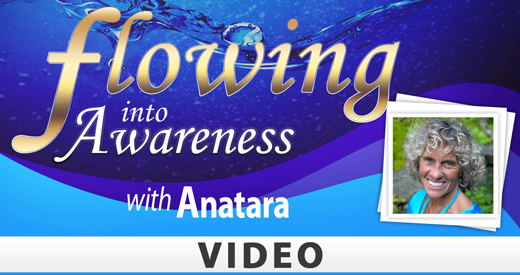| YogaHub |  |
Yoga and Parkinson’s
 For years, I had this wonderful woman in my yoga classes. She participated in everything, from my restorative classes to my powerful vinyasa classes. She always seemed so young for her age and, as an avid yogini, golfer, and jogger, she stayed very physically fit.
For years, I had this wonderful woman in my yoga classes. She participated in everything, from my restorative classes to my powerful vinyasa classes. She always seemed so young for her age and, as an avid yogini, golfer, and jogger, she stayed very physically fit.
Then a few years ago, she came to my Tuesday evening hatha class, in which she was a regular. I noticed that she was having some difficulty balancing and executing the poses. No big deal, she was having a bad day. Fine. It happens to all of us. But then a few weeks later, it happened again. At this point I became somewhat concerned, but again thought she must have something going on in her personal life that I was not aware of. But then it happened again…and again…and again…. And finally I had to look at the fact that something was terribly wrong. It turned out that my dear sweet friend and student had Atypical Parkinsonism.
I had no idea what to do. I wasn’t trained to deal with this sort of thing. I do have a certification in Special Populations, including elderly fitness, but this was different. Her onset of symptoms was abrupt and progressed very quickly. How was I to get a hold on this?
She remained in her regular hatha class for a few more months and then we decided that my Monday morning chair class might be better for her. In addition, I would also have a one-on-one session with her each week. After a while, we both realized that we were getting more accomplished in the one- on-one sessions than in the group class, so we decided to continue only with the one-on-one. AND I began researching and studying everything I could find on the subject of yoga and Parkinson’s.
I found DVDs and magazine articles on the subject; some were very generic and others so clinical I could feel myself getting swallowed up. So I decided to take what I could from each DVD and magazine article. Then I did the old-fashioned thing and asked my student what she felt she needed. Once I had done that, I then had to make it accessible to her.
Her yoga needed to be functional and therapeutic. It needed to be calming and energizing. And it needed to be about HER.
We are taught from the beginning of learning yoga that our practice is about ourselves. That judgment and competition are of the ego. That we need to work with the body we are in at this moment. Not who we were yesterday or who we may be in the future but who we are right now, at this moment.
So the journey began – and it continues to this day.
She and I spend time with each other a few times a week. Each time she comes in I ask her, “How are you feeling? Any particular issue you would like to work on?” Sometimes she is bright and ready to work hard; other times it is a challenge for her to sit in a chair. Verbal cues cannot be followed, distinguishing left from right may also be hard sometimes. On those days, we work from where we are. We keep structure in the class so she doesn’t become confused with change. We have a set of postures that we work with. Some days they come easily, other days we may have to skip a few. We have learned that, just like we are taught in yoga class, life is about a series of moments. And when we can take our life from moment to moment to moment, we become more accepting of the impermanence that we speak of in most yoga classes. Life is all about change and change is our ONLY constant.
Some exercises that I have found to be beneficial for her are ASSISTED balancing poses, such as tree pose, but also multi-directional poses such as an assisted Warrior I, twists and forward folds help to keep the torso from becoming rigid. Cognitive skills can be reinforced through simple counting while holding the pose, and making sure to say right arm, left foot, etc. Relaxation and meditation are also very beneficial for the emotional drain that can be the result of this disease. I make sure that each instruction is clear and concise. I keep to the routine most of the time, but if I want to add a new pose to the program, I approach it with caution as the smallest change can create a huge upset for her.
If you are experiencing a situation like this in your yoga world, one of the most important things you have to remember is to make sure that you have the all-clear from your student’s doctor before you start a personal yoga program at home or in a studio.





